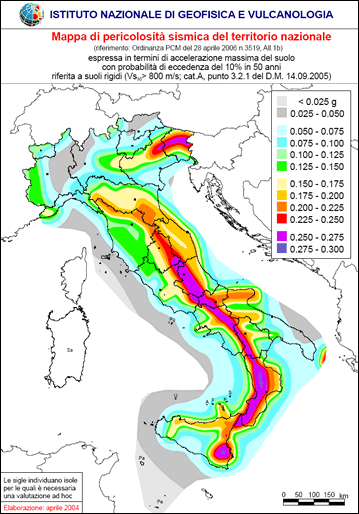In hindsight, comparing Christchurch and L'Aquila to other earthquakes like Haiti and Sichuan would have better illustrated my point about building codes saving lives.
As my earlier post on the Christchurch and l'Aquila earthquake has generated far more hits and comments than any other, I felt I should revisit it here. The discussion has apparently even been picked up by a few local newspapers (thanks to Elio and Matteo for sharing with me), so I thought I should post some answers to issues raised and clarify a few points that I feel I maybe didn't explain well enough.
Firstly, a quick google search indicates that I have been given a doctorate. As much as I like the thought of being Dr. Fabbro, I still have three years and a thesis to write before that is true. As some commentors have pointed out, a degree in geology hardly makes me an expert. I agree, but I was not trying to argue from a position of authority. I was arguing that the evidence shows how important building codes are. If you want more evidence of how poor quality buildings cost lives in earthquakes, you only have to look to countries such as Haiti, Pakistan and Turkey, where earthquakes are far more deadly than l'Aquila. I chose Italy to compare the Christchurch earthquake with, however, due to their similar economic situations.
A few people pointed out ways in which the two quakes were different (the l'Aquila quake was closer, and differences in the topography of the two areas for example). Of course the comparison is not perfect, however the Christchurch earthquake was easily large enough and close enough to cause significant casualties, but it didn't. The geology of the two quakes alone cannot explain the discrepancy between the death tolls (remember Christchurch has a much larger population than l'Aquila).
Another valid point raised was about the age of the buildings in l'Aquila. Obviously l'Aquila has older buildings than Christchurch, and older buildings are more likely to fall down in a quake. However, Christchurch does have some old buildings, buildings old enough to have been built before earthquake regulations were brought in. They were successfully retrofitted, and there is no reason the buildings in l'Aquila could not be also. It isn't cheap, but it is possible.
 Here people were commenting on the practicalities of earthquake-proofing every building at risk. True, much of Italy is at risk from earthquakes, but as the hazard map, left, created by the INGV (click for a larger, pdf version) shows that that risk is not evenly spread. The requirements for Turin or Milan, for example, need not be as stringent as Palermo or Catania.
Here people were commenting on the practicalities of earthquake-proofing every building at risk. True, much of Italy is at risk from earthquakes, but as the hazard map, left, created by the INGV (click for a larger, pdf version) shows that that risk is not evenly spread. The requirements for Turin or Milan, for example, need not be as stringent as Palermo or Catania.So, in the end it does come down to cost; the cost of building codes versus the cost inflicted by an earthquake.
This brings us on to why building codes were not stringent enough. In my first piece I say the reasons are political, and that has often been mis-interpreted. I wish I hadn't mentioned organised crime, I did so only as an aside; I do not think organised crime played a major role in what happened at l'Aquila. I do not know enough about Italian politics to speculate on the political motives at play. My best guess would be simply that building regulations are expensive, and would prove unpopular and so were ignored by politicians.
I think it is important, however, that such speculations do not distract from the message I was trying to convey: building regulations save lives. Rather than concentrating on the failings of l'Aquila (which were relatively minor), the bigger story here is that so few died in Christchurch. The problem with preventative measures is that nobody notices when they work. The Christchurch earthquake was a smaller story here because fewer people died. If you take away just one message from this post, forget about what went wrong at l'Aquila.




Comments